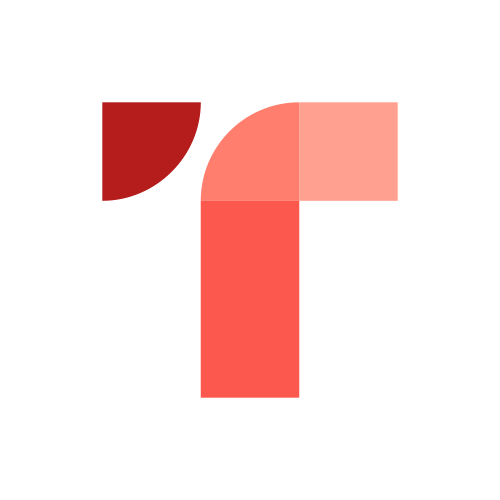427 reads
A Closer Look at the State of Software Development Companies in 2021 and Beyond
by
April 24th, 2022
Audio Presented by

Techreviewer helps to find, compare and hire a reliable IT service company that would meet all your business needs.
About Author
Techreviewer helps to find, compare and hire a reliable IT service company that would meet all your business needs.